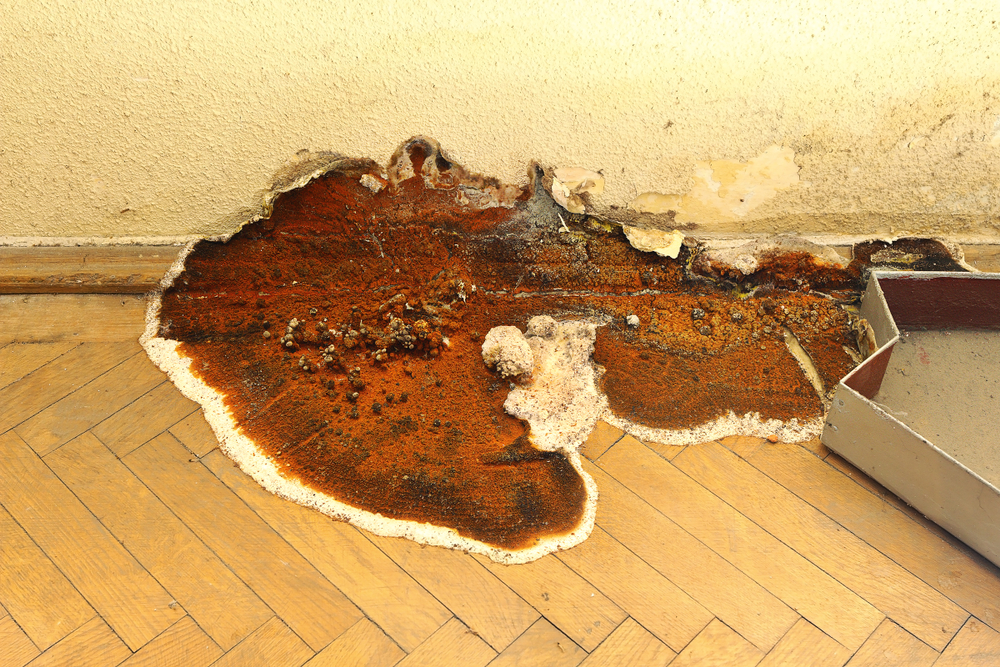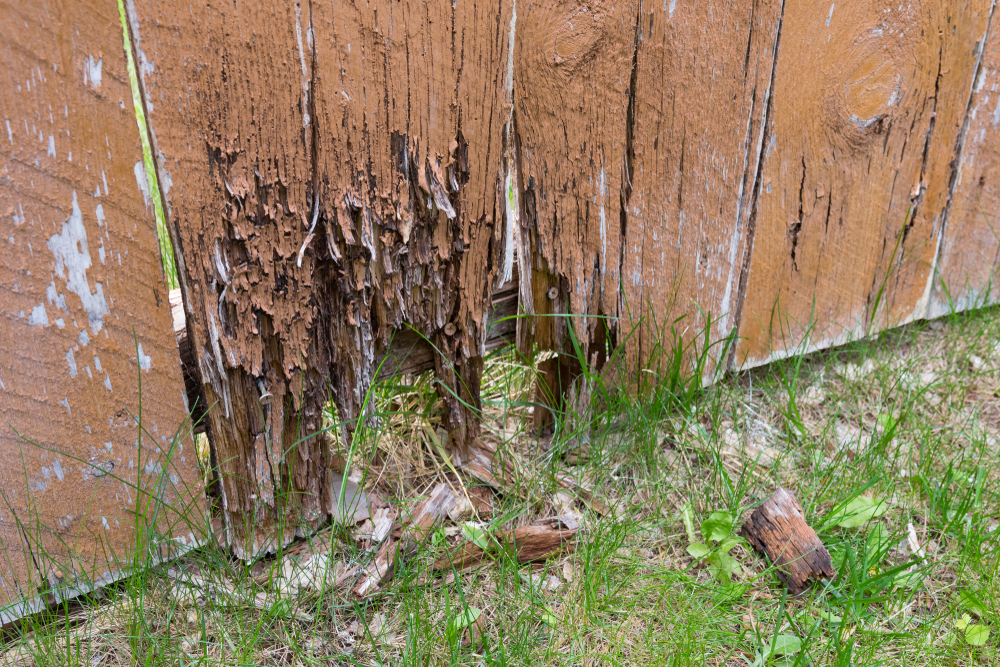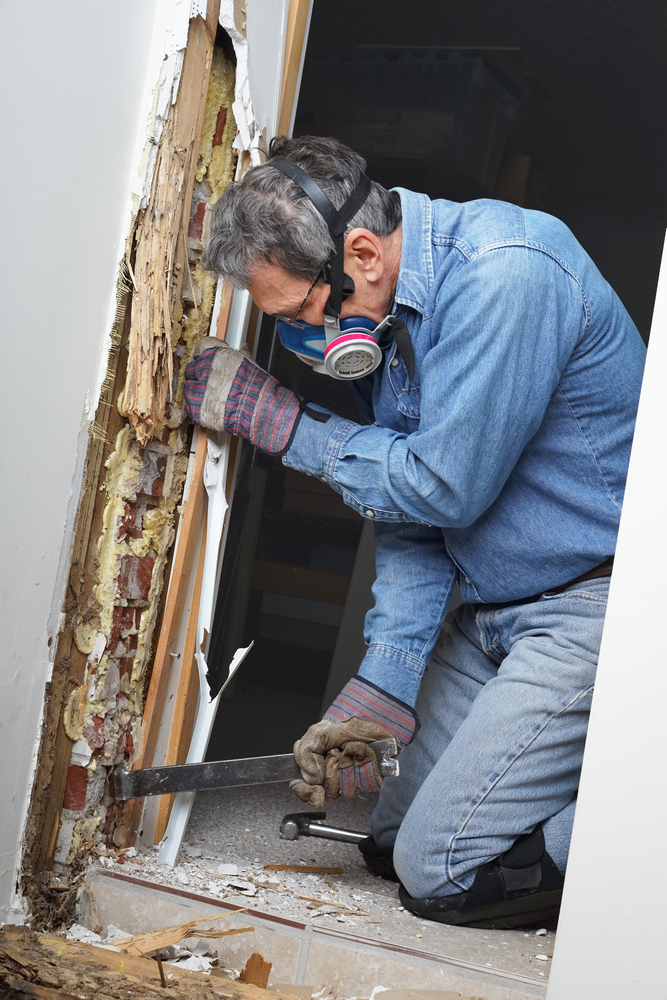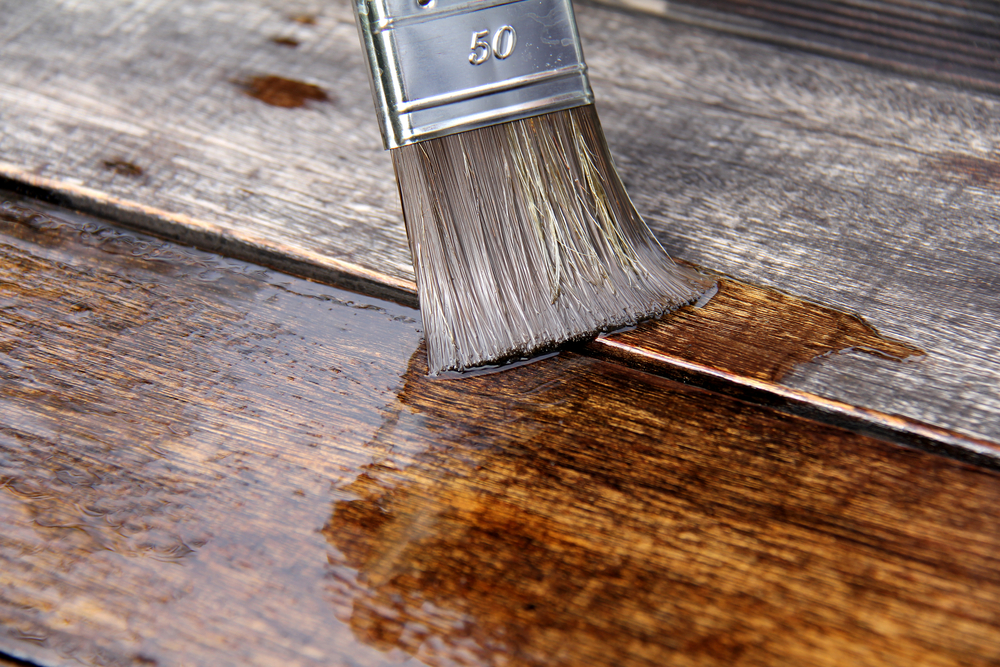How to tell if your wood is rotting (and what to do about it!)
Wood is our favourite material. We love the look, we love the feel, we love its versatility, and we love how nice it is to work with. As great as wood is, it is susceptible to rotting. Rotting wood is damaged wood, which must be dealt with appropriately. So—how do you tell if your wood is rotting and what do you do about it?
The below guide will get you started on your journey towards healthier and happier timber.
Dry rot and wet rot
There are two types of rot that impact wooden surfaces: dry rot and wet rot. Dry rot is usually the most detrimental to your timber, and is caused by the infestation of a living fungus (sounds yucky, we know). Wet rot, on the other hand, is the natural decay of timber due to the levels of moisture in the surrounding environment. The treatment for wet rot and dry rot differs, so the first step in solving the problem is identifying which type of rot you’re dealing with.

Common signs of dry rot:
- Cotton wool-like substance on timber
- Mushroom-like fungus on the surface (often rusty or yellowish in colour)
- Spore dust around the surrounding area
- Warped, dry, split, crumbling, or shrunken wood
- A musty smell

Common signs of wet rot (usually found in timber that gets a lot of moisture- near water or close to ground):
- Wood appears darker in rotting areas
- Wood is easy to penetrate
- Wood is soft and spongy
- A black fungus may be visible

How to treat wood rot:
The way you’ll treat your affected wood will vary based on the type of rot your wood is experiencing. Depending on the severity of your rotting situation and the location of your rot (i.e. if your timber is structural in nature), it’s a wise idea to get professional help. Experts are trained to deal with these situations and can help you find your best solution.
Generally, regardless of wet rot or dry rot, the affected wood will need to be removed as soon as possible, and replaced with healthy, pre-treated timber. A fungicide will usually be used to help stop the spread of the rot and try to save the surrounding wood. It’s essential that in addition to the above, you take preventative measures to provide a safe and protective environment for your wood. This means keeping wood as dry as possible and treating wood with a quality waterproofer.

This brief guide should get you started on identifying wood rot and finding your solution to the problem. For paints and treatments to nourish and protect your wood from the elements, call into your local Sadolin stockist or visit us on the web.

